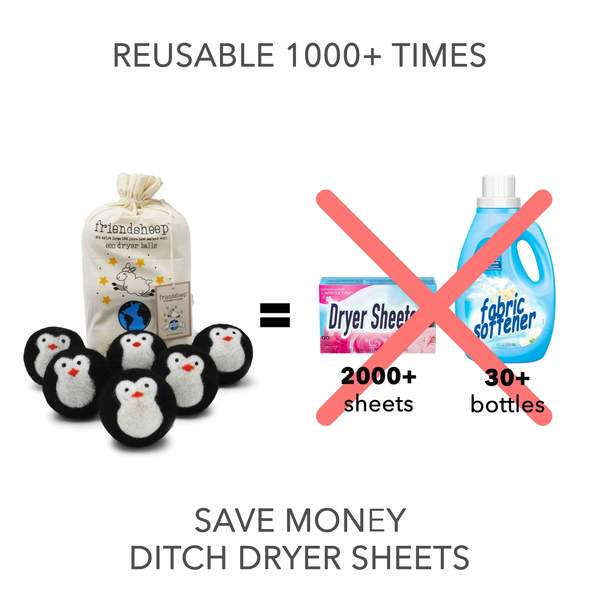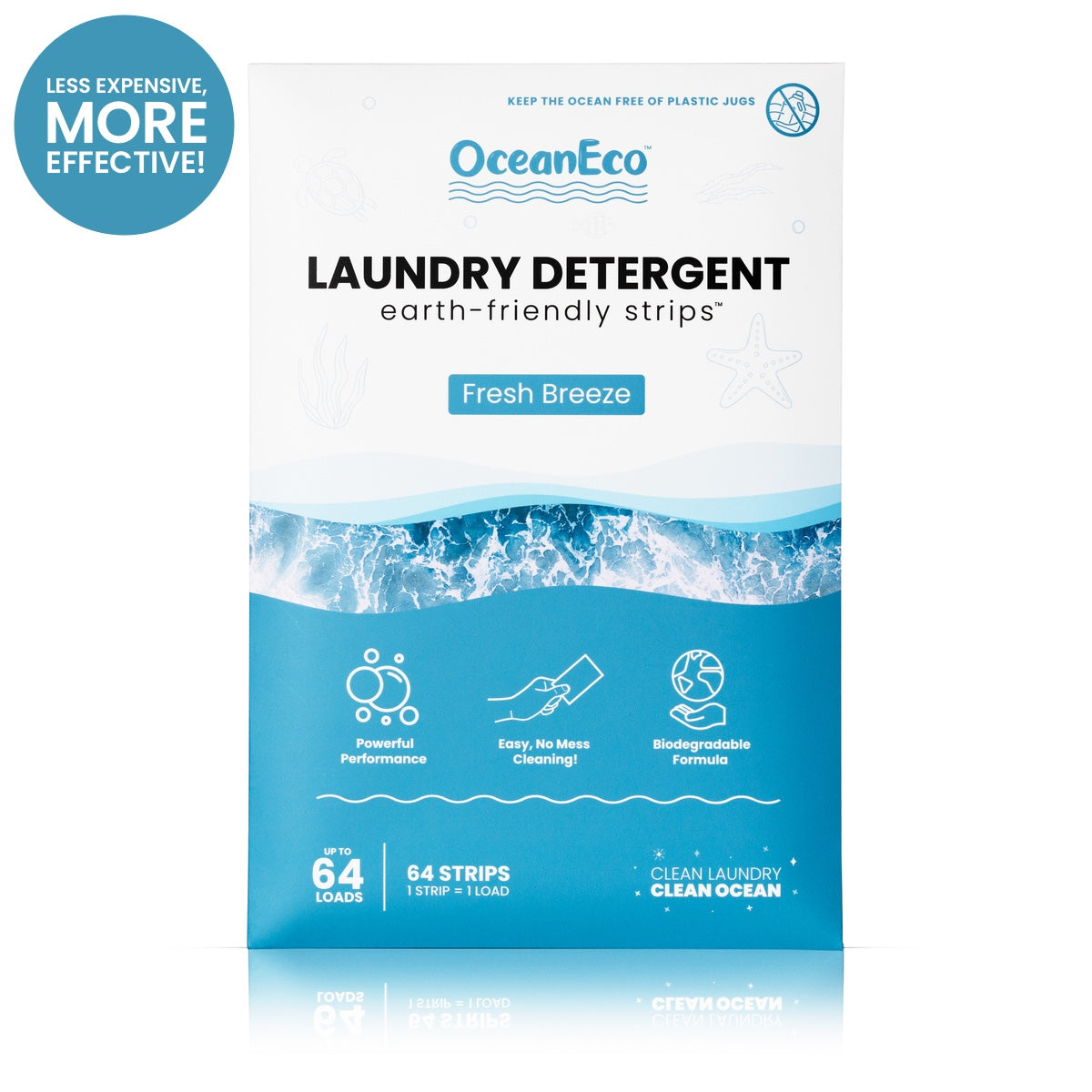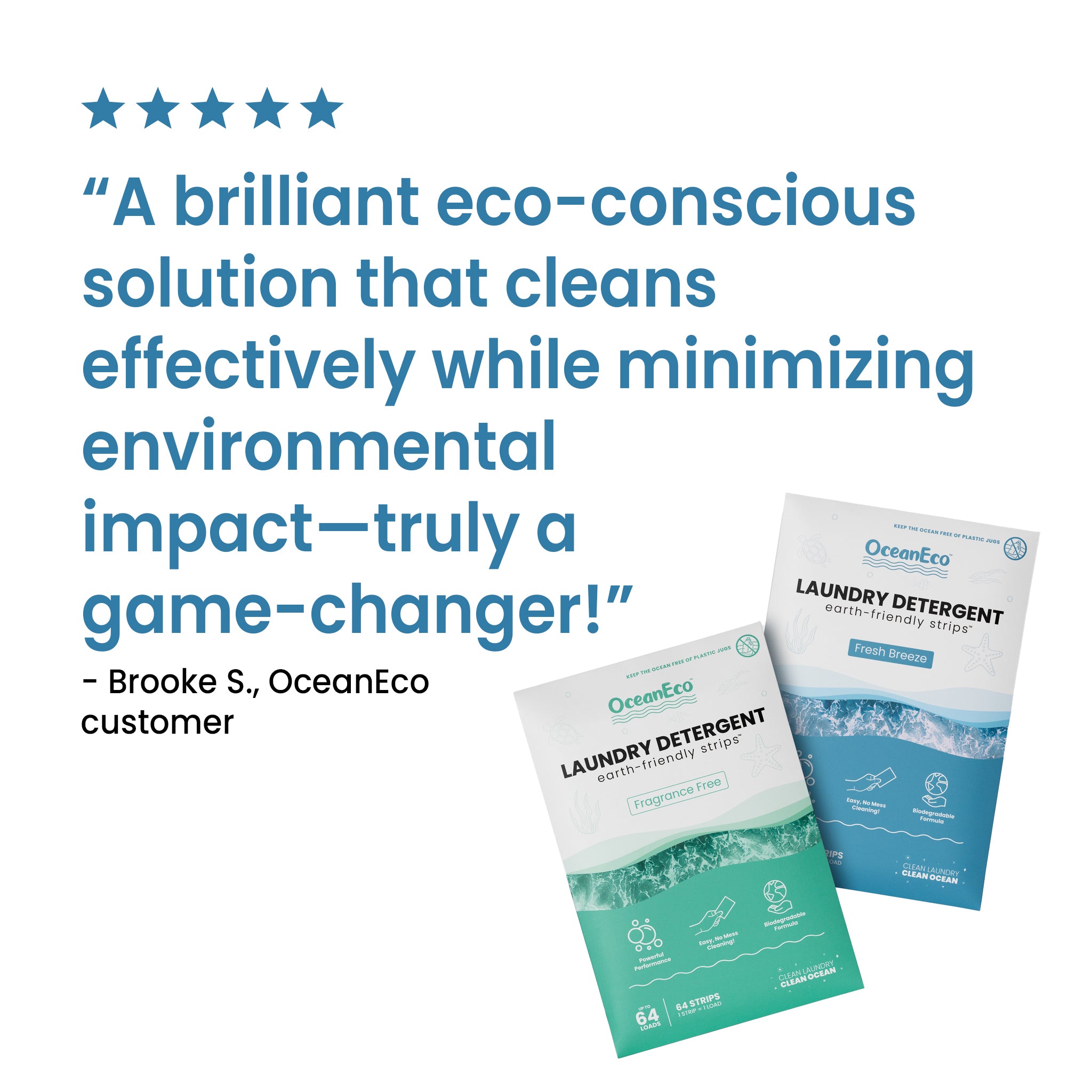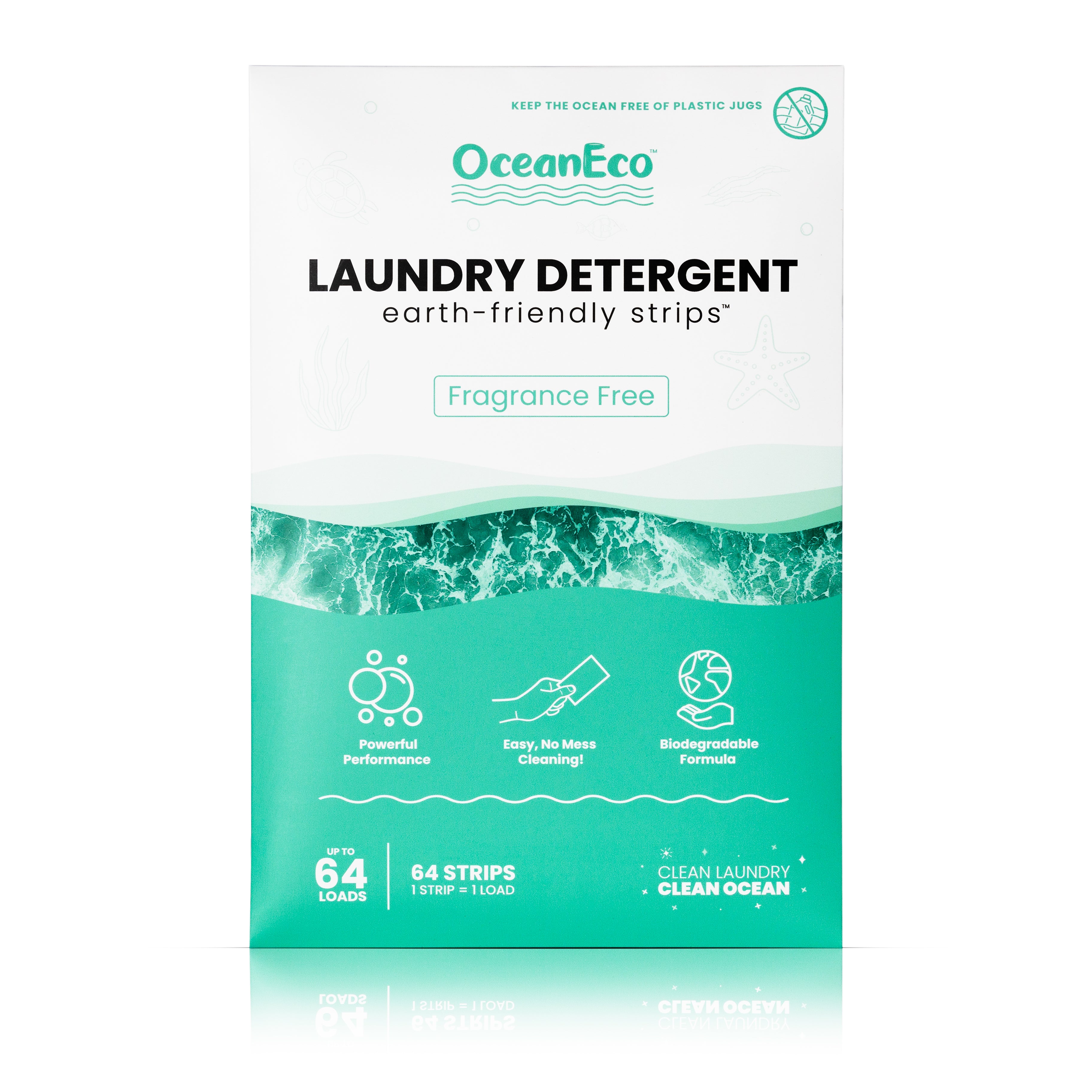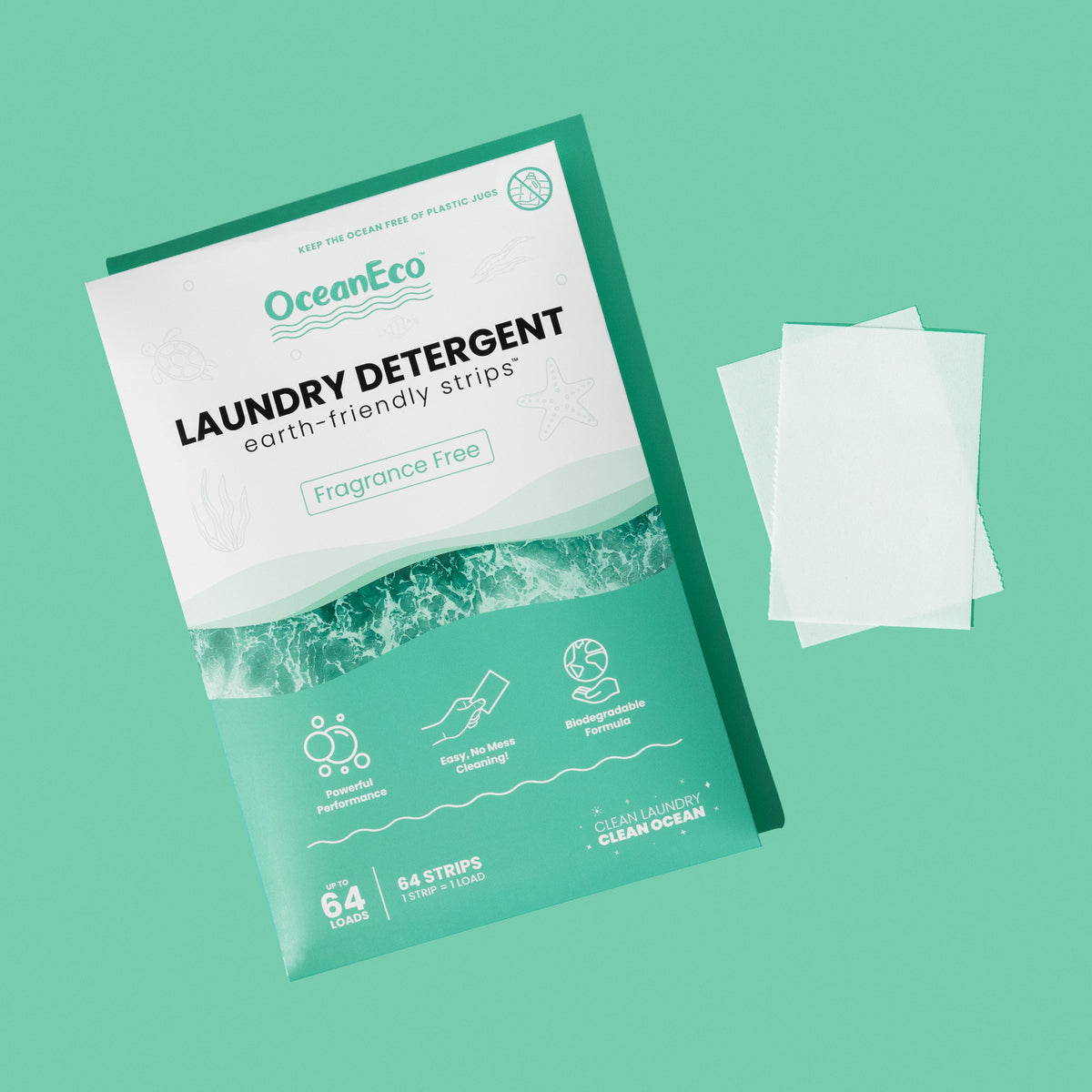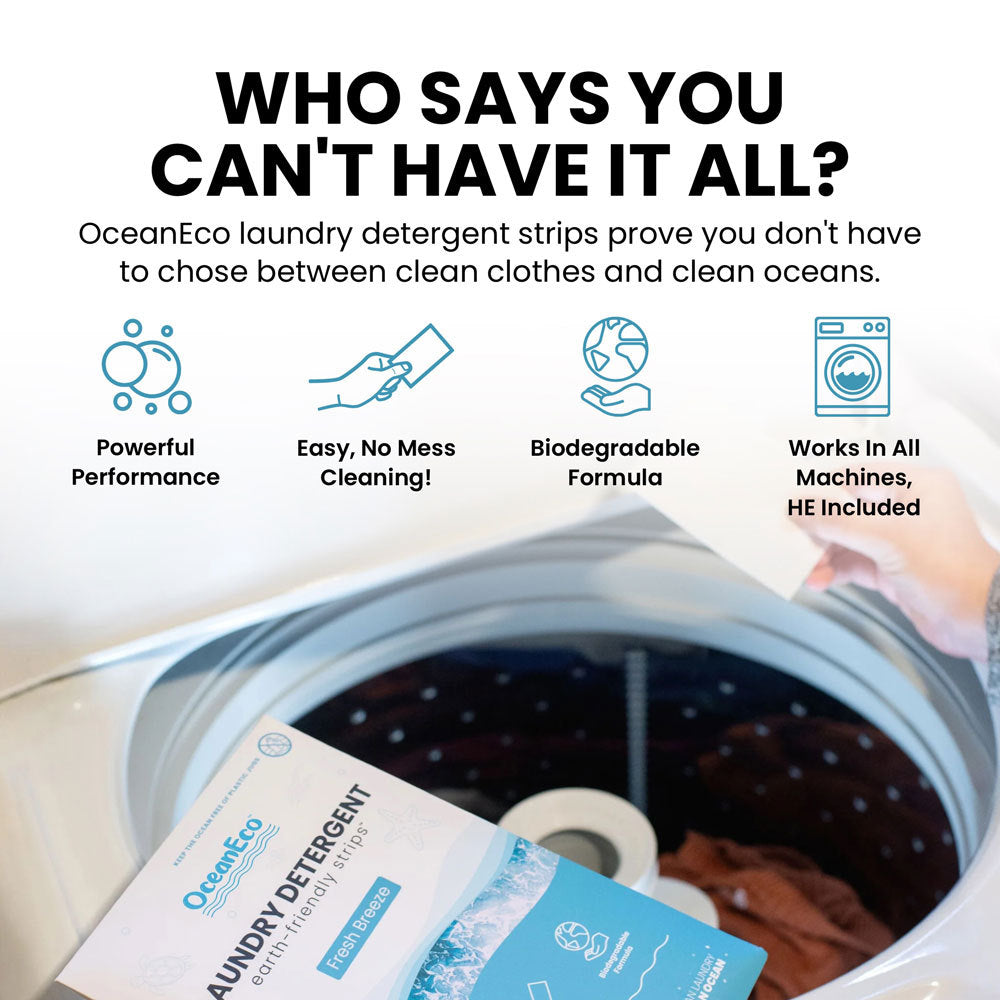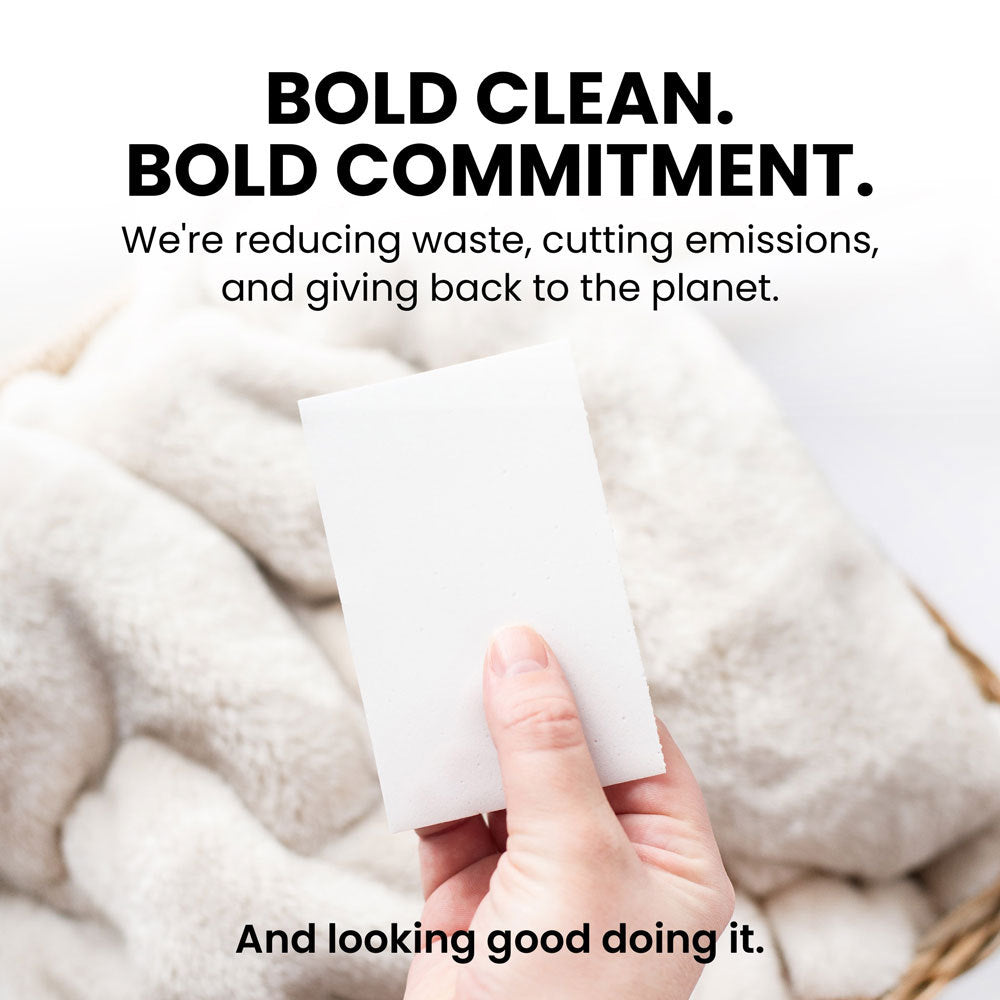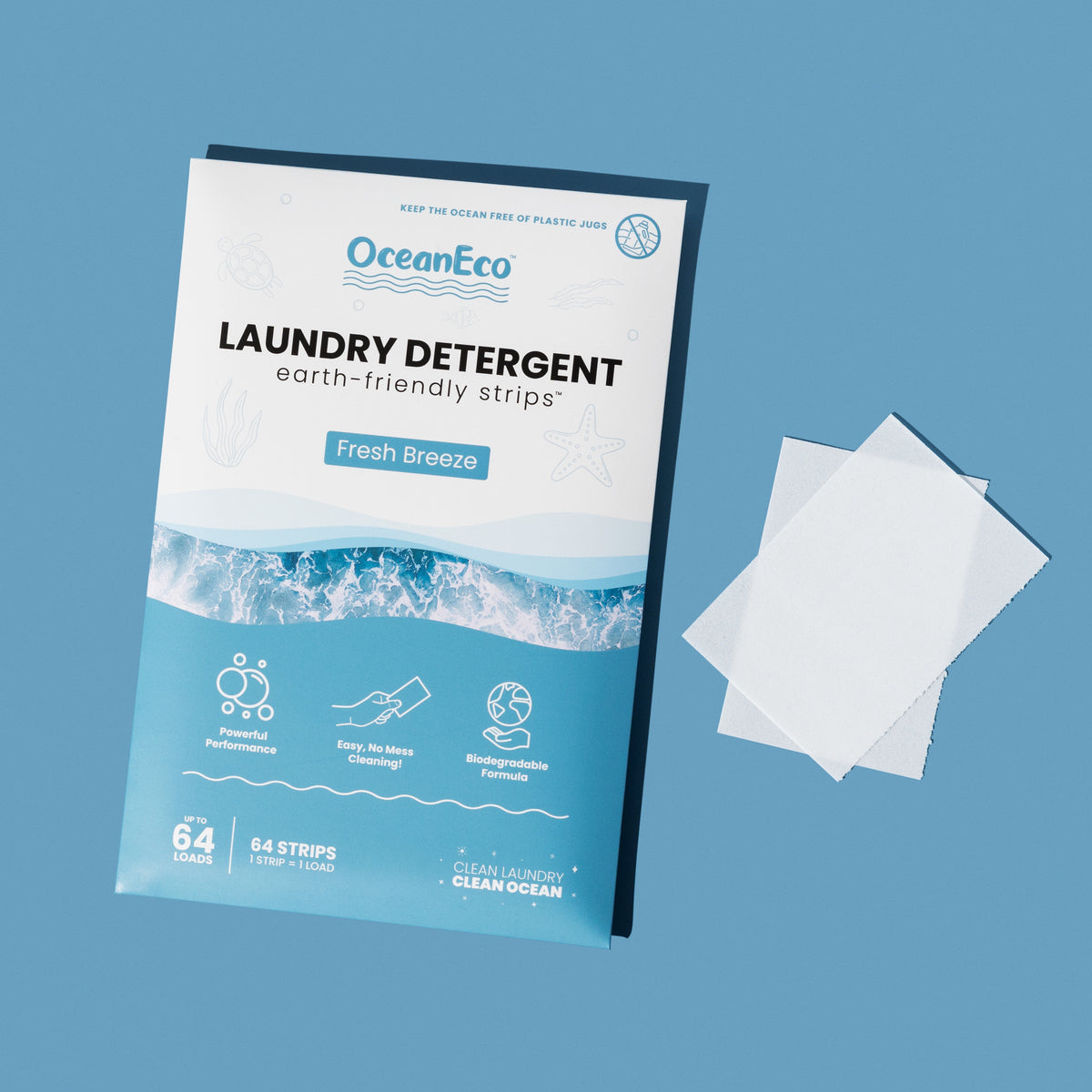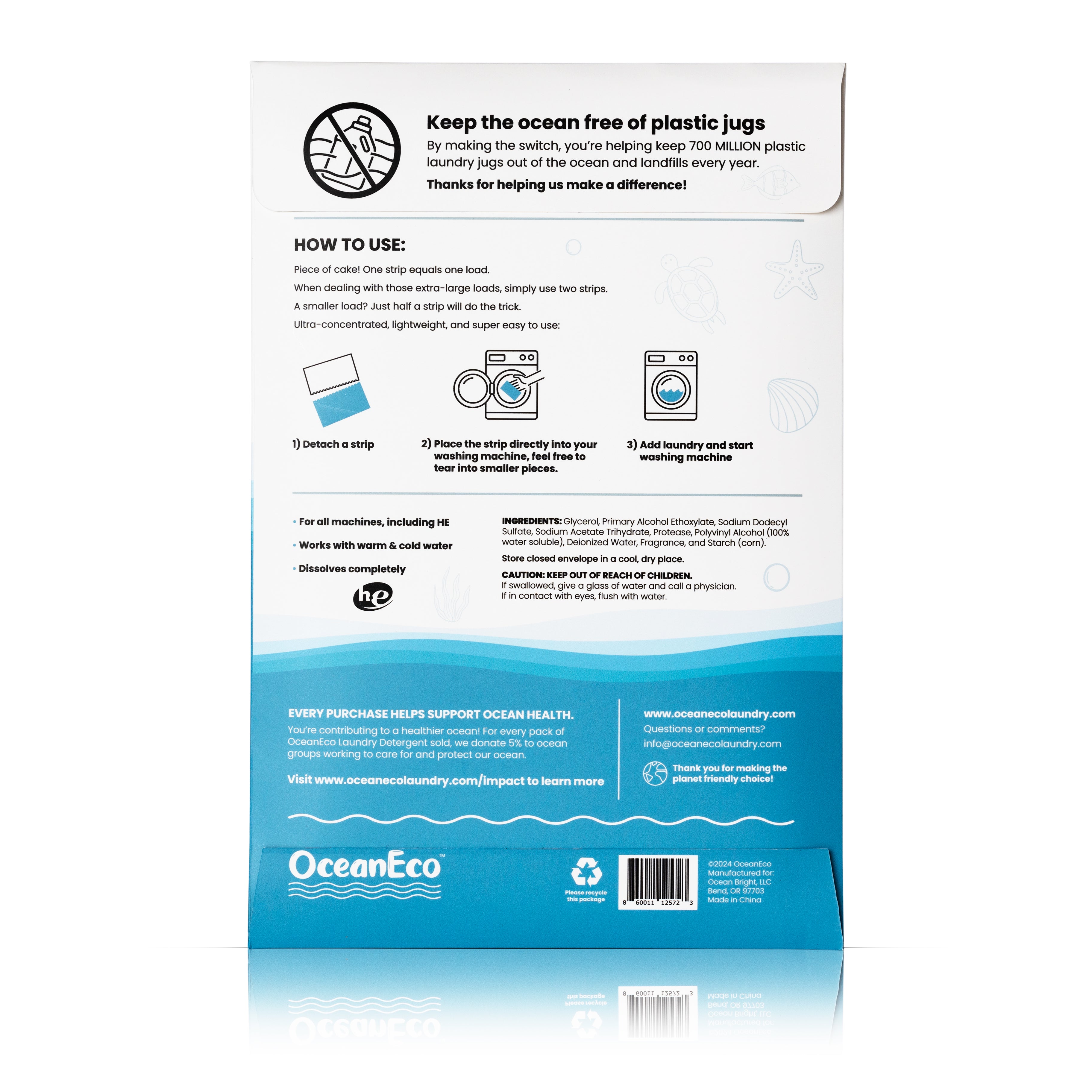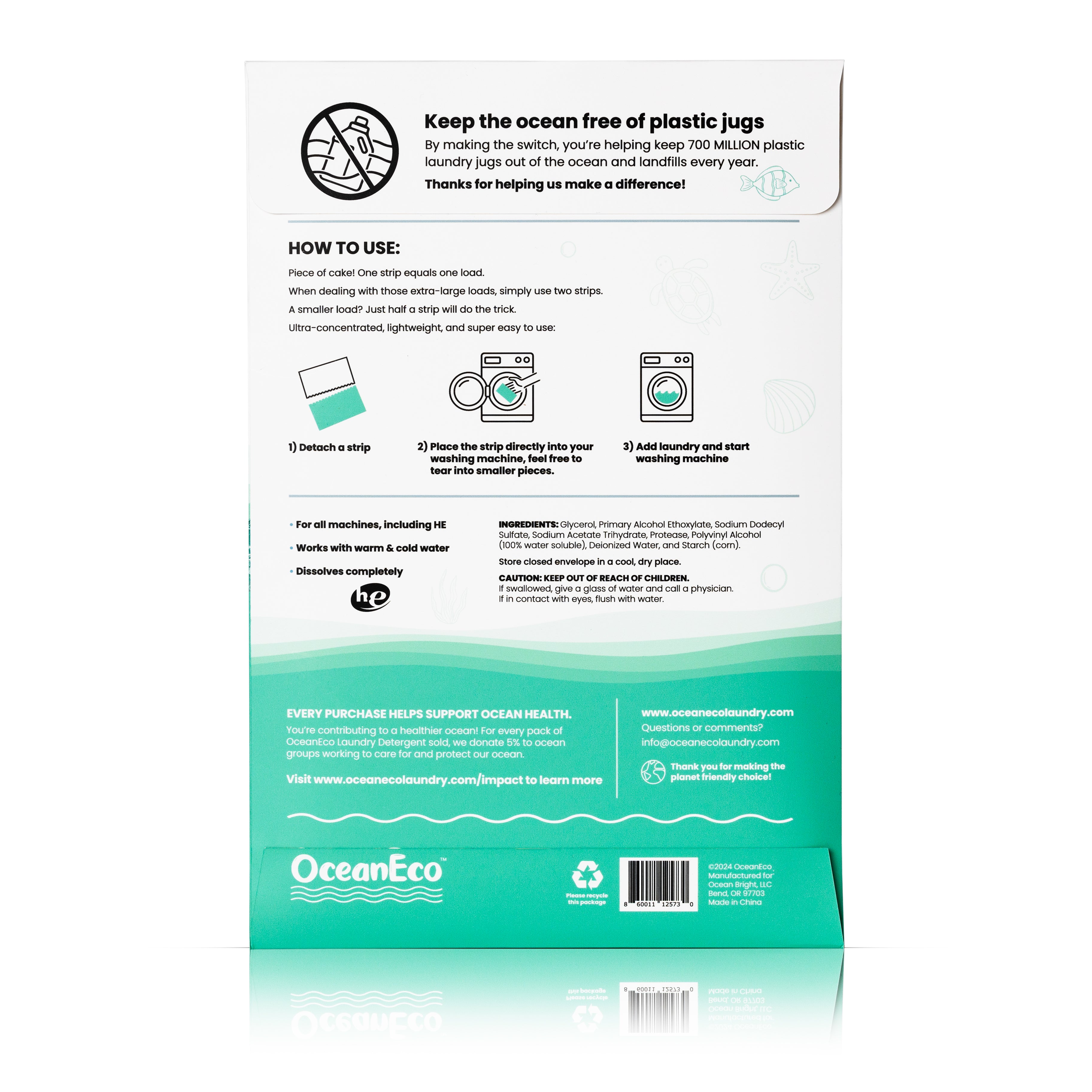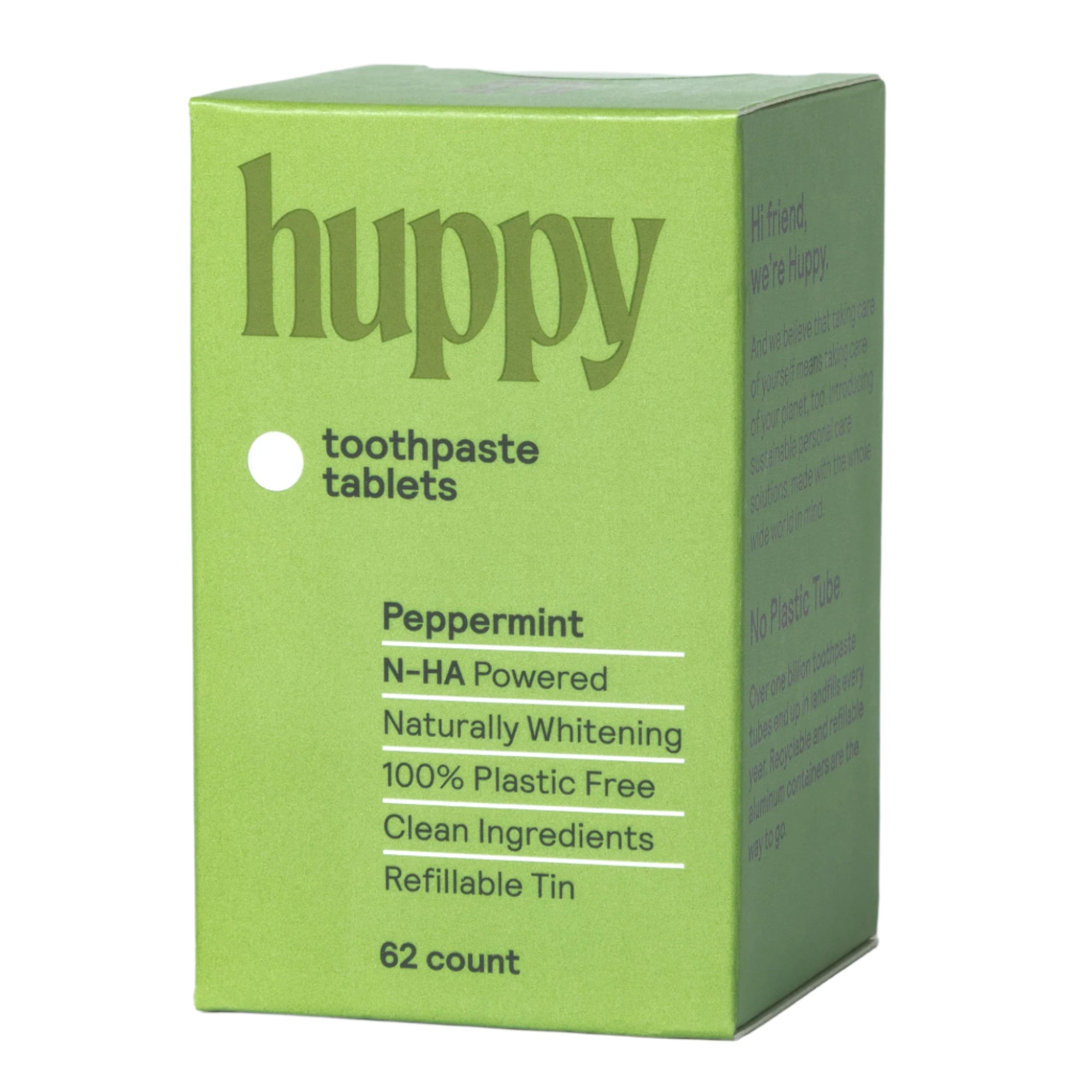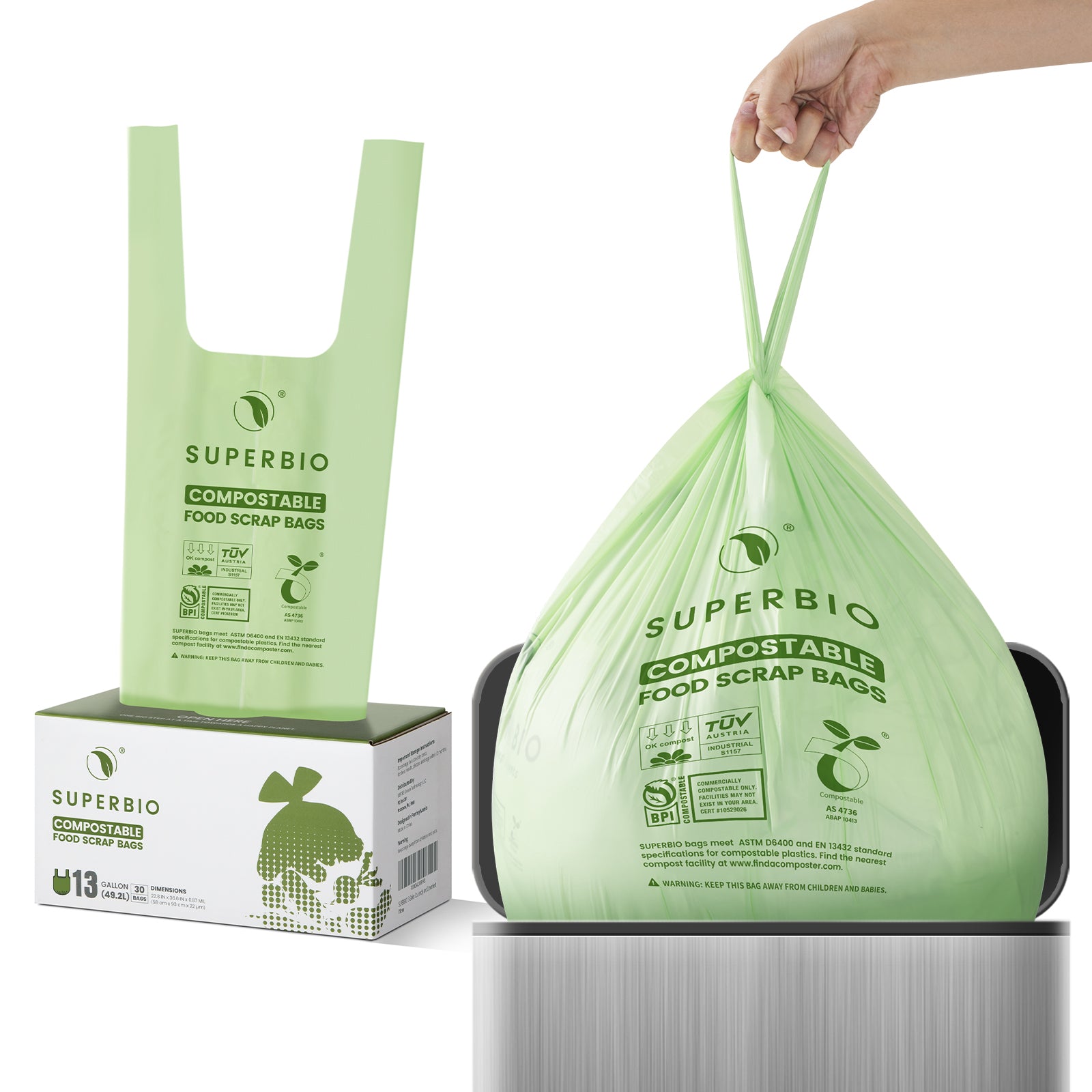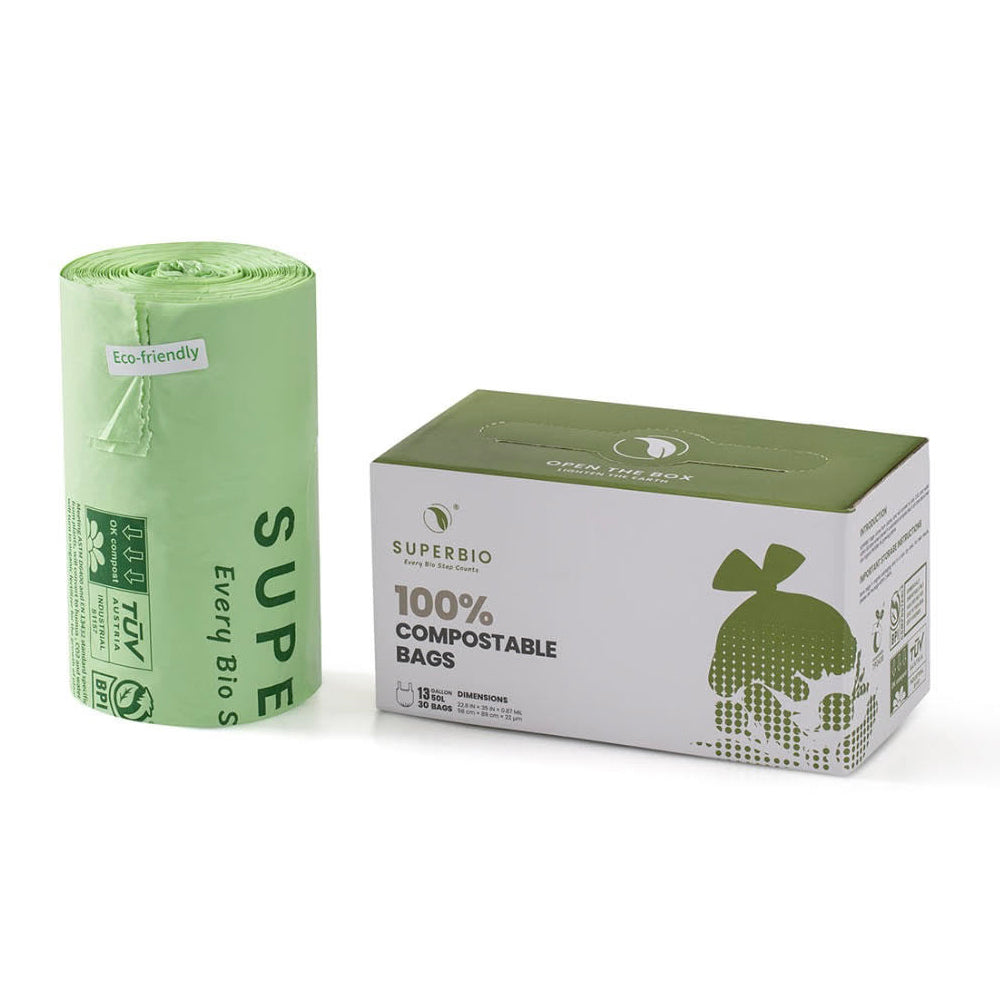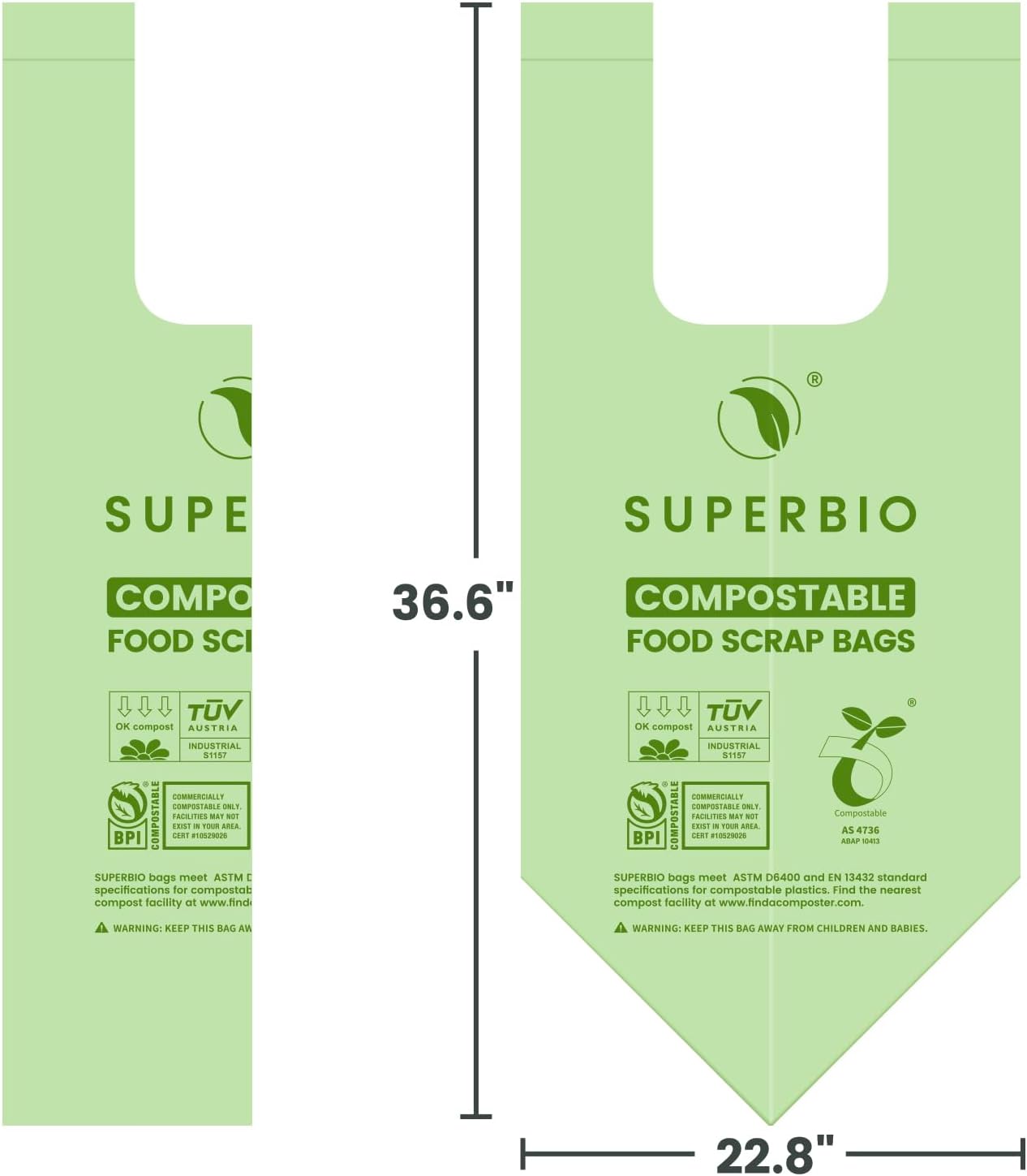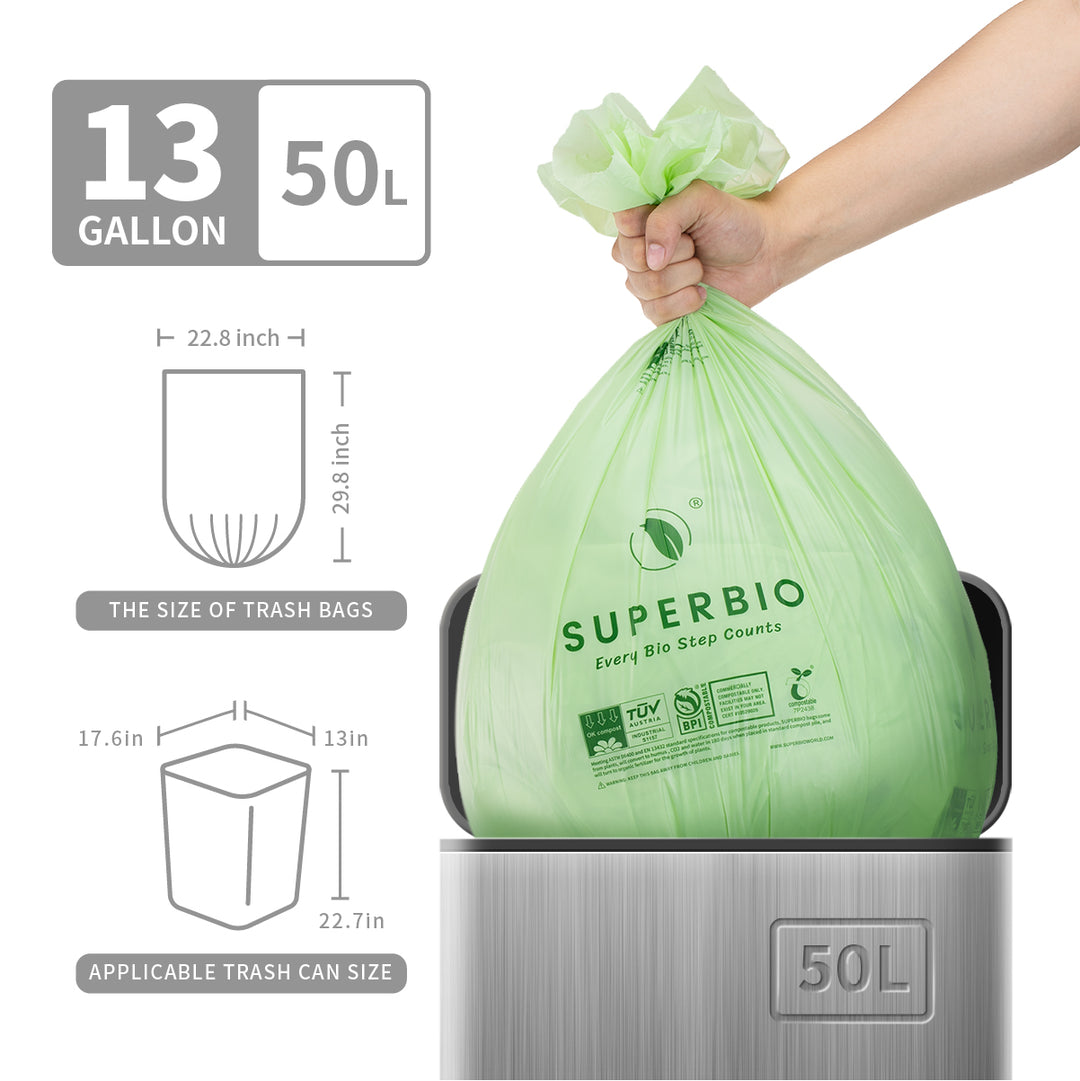Millions of Plastic Pieces Pollute Oceans Decades After Great LEGO Spill
In 1997, the serene waters near Cornwall, England, became the unintended recipient of a massive environmental mishap. A rogue wave struck the cargo ship Tokio Express, resulting in the loss of 62 shipping containers, one of which contained nearly five million LEGO pieces.
This incident, now referred to as the Great LEGO Spill, has had enduring effects on marine ecosystems and coastal communities, highlighting the long-term consequences of plastic pollution.

Unfolding of the Great LEGO Spill
On February 13, 1997, the Tokio Express was en route from Rotterdam to New York City when an unforeseen 28-foot rogue wave capsized the vessel 20 miles off Land's End in Cornwall, England. Among the 62 containers lost, one held approximately five million LEGO pieces, predominantly themed around sea adventures, such as octopuses, scuba gear, and life rafts. These pieces were destined for assembly into LEGO Pirates and LEGO Aquazone sets in North America, reports Marine Insight.
Dispersal and Longevity of LEGO in the Oceans
The dispersal of LEGO pieces has been significantly influenced by ocean currents. As The New York Times reports, the LEGO fragments have traveled far beyond their point of origin, washing ashore in places like Ireland, Belgium, France, and potentially reaching shores worldwide.
Research from the University of Plymouth indicates that LEGO bricks can persist in marine environments for up to 1,300 years, underscoring their durability and the prolonged environmental impact they pose, Marine Insight reports.

Ecological Consequences
The introduction of millions of LEGO pieces into the ocean presents several ecological challenges. Marine wildlife may mistake these plastics for food, leading to ingestion and physical harm. As LEGO bricks degrade, they release chemicals that can disrupt the reproductive systems of various marine species, Smithsonian Magazine explains.
Dr. Christopher M. Reddy from the Woods Hole Oceanographic Institution told the The New York Times that while LEGO pieces are harmful, the broader issue of increasing carbon dioxide levels remains a more significant threat to ocean health.

Community Response and Documentation
Tracey Williams, a dedicated beachcomber and founder of the LEGO Lost at Sea project, has been instrumental in documenting the spill's aftermath. Through platforms like Facebook, Instagram, and X/Twitter, Williams has cultivated a global community of enthusiasts who track and report LEGO finds, People reports. Her efforts culminated in the publication of "Adrift: The Curious Tale of the LEGO Lost at Sea," which explores the environmental and social impacts of the spill.

The LEGO Group's Sustainability Initiatives
In response to the spill, the LEGO Group issued a statement expressing regret over the incident and reaffirmed its commitment to sustainability. The company outlined its ambitious sustainability strategy aimed at reducing plastic waste and minimizing environmental impact, as reported by The New York Times. These efforts include initiatives to create more eco-friendly products and improve waste management practices.
Artistic Endeavors and Raising Awareness
The spill has inspired creative responses aimed at raising environmental awareness. Rob Arnold, an artist from Cornwall, utilizes recovered LEGO pieces and other plastics to create thought-provoking artworks, reports The New York Times. His sculptures, crafted from materials collected during beach clean-ups, serve as stark reminders of the ocean's plight and the pervasive issue of plastic pollution.
Local fishermen continue to play a crucial role in uncovering LEGO pieces from the seabed. Richard West, a fisherman from Plymouth, discovered the first ever reported LEGO shark, adding to the growing list of rare finds, BBC News Cornwall reported. These discoveries not only excite collectors but also provide valuable data for scientists studying ocean currents and plastic dispersion.

Future Implications and Ocean Plastic Pollution
The Great LEGO Spill serves as a microcosm of the broader issue of plastic pollution in our oceans. With an estimated 14 million tons of plastic entering marine environments annually, the legacy of the spill highlights the urgent need for sustainable practices and effective waste management, Smithsonian Magazine reports.
As communities continue to uncover LEGO pieces, the story of the Great LEGO Spill remains a poignant example of human impact on marine ecosystems and the enduring challenge of combating plastic pollution.
The Great LEGO Spill of 1997 stands as a stark reminder of the long-lasting effects of plastic pollution on our oceans. Through the dedicated efforts of individuals and organizations committed to environmental conservation, the ongoing discovery of LEGO pieces serves both as a whimsical curiosity and a somber testament to our responsibility to protect marine life. As research progresses and awareness grows, there is hope to mitigate such incidents in the future and preserve the beauty and health of our marine ecosystems for generations to come.




























































































